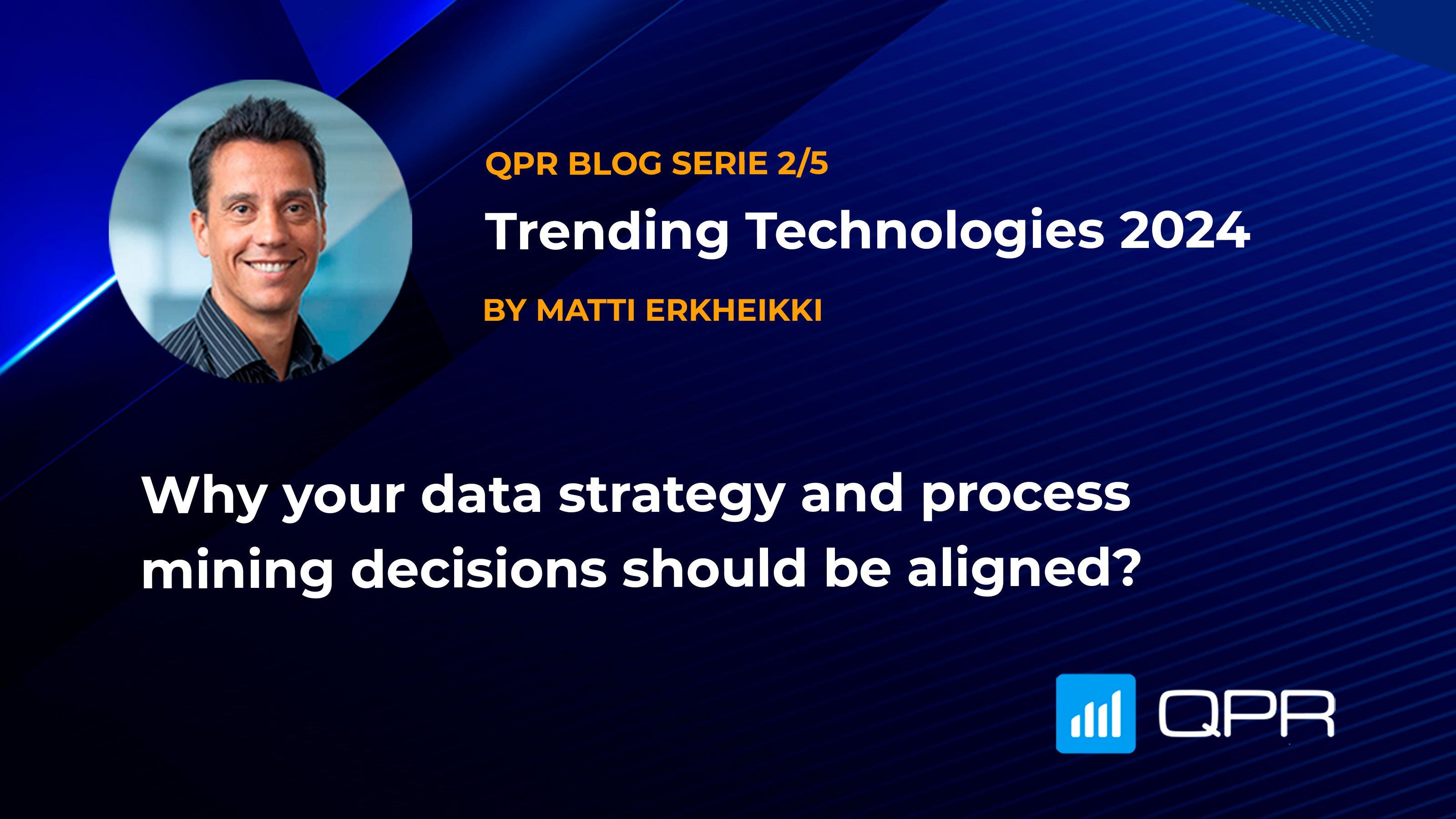Process mining for the accounts payable process
Accounts payable (AP) processes are carried out continuously throughout all companies, regardless of industry or size. It is one of the broadest and most important processes, yet many find it hard to keep track of the endless paths that an invoice may take on its route to payment.
Unwanted invoices that end up in the stream and insufficient transparency combined with extensive policies and regulations do not make the job any easier.
In this blog post, you will find out why Accounts Payable is a great process to analyze and improve with process mining. Process mining visualizes your Accounts Payable process, pinpoints what you should improve, and helps you monitor how your improvements affect lead times, compliance, and errors.
Introduction to the Accounts Payable Process
In the world of processes, Accounts Payable is typically considered the financial side of the Purchase to Pay -process. The main target is to pay all open invoices on time, while not paying for something that should not be paid for (invalid or duplicate invoices, undelivered services/goods, etc.).
Business volumes are in general substantial, not only measured in the number of transactions, but also in monetary value.
The following documents and activities are often tracked in the analysis of Accounts Payable processes:
- Incoming Invoices (either paper or electronic invoice)
- Creation / Edits / Approvals / Cash Discounts / Due dates / Clearings
- Purchase Orders (PO)
- Creation of Purchase Orders (if there is a PO match) / Edits / Approvals / Goods Receipts
- Bank Statements
- Transfers / Clearings
For each document, there is a long list of valuable attributes such as materials, countries, vendors, quantities, and monetary values. These all are needed to understand the big picture of the Accounts Payable process with the help of process mining.
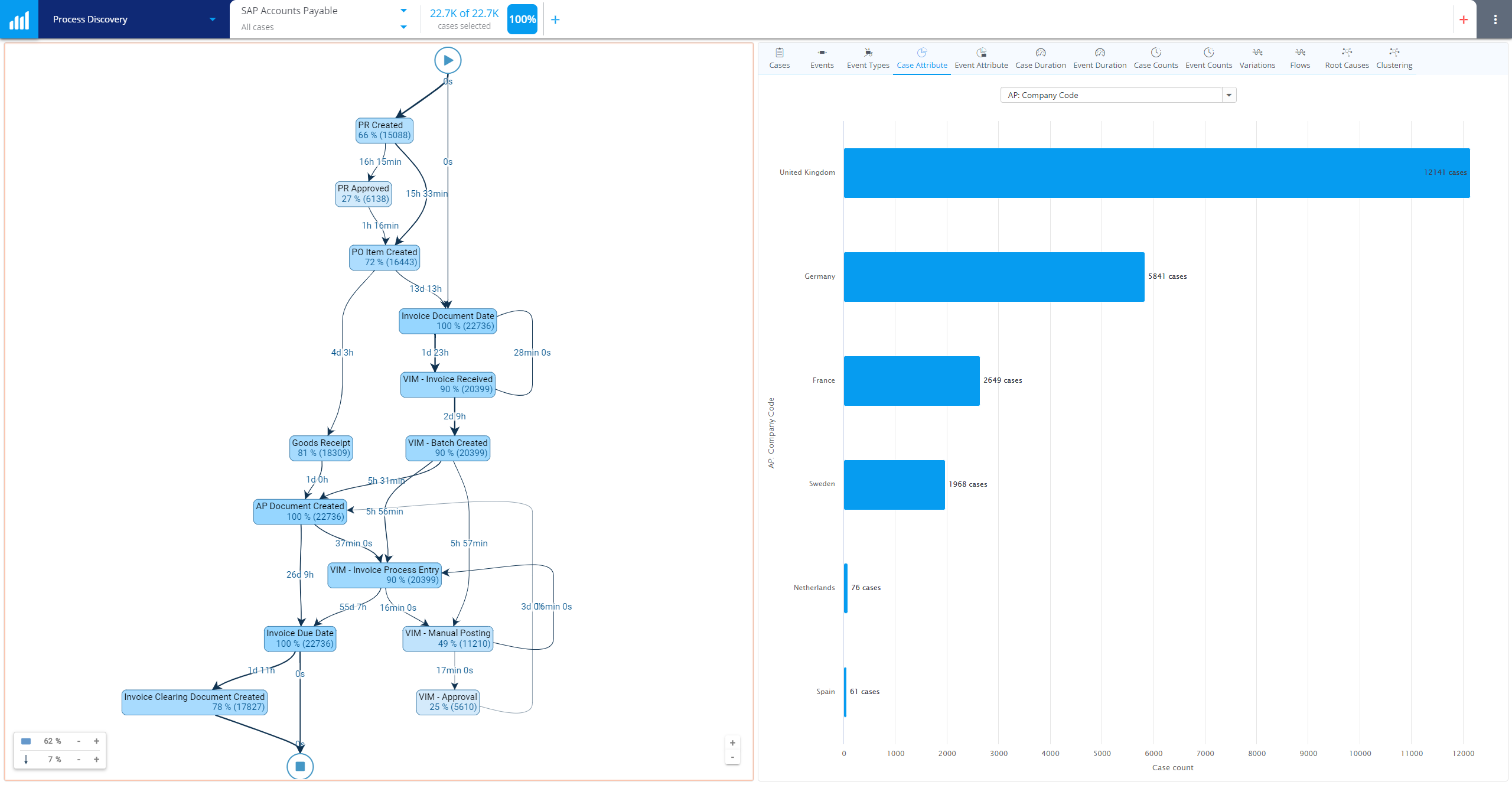
Gain a Holistic Understanding of the Accounts Payable Process
Process mining (read more in the comprehensive process mining guide) can help you at every step of the way in your accounts payable process by providing you with a transparent and easily comprehendible view of your complete processes.
As such, you can identify points at which invoicing is delayed, why these delays occur, and which invoices end up in the wrong hands. This enables you to cut down on the rate of overall outstanding receivables, reduce the amount of time spent on manual corrections, improve cash flow, and showcase your accountability to your partners.
Process mining helps you drive productivity and cut costs in Accounts Payable:
- Metsä Board reduced the number of invoice corrections by 80 %
- Piraeus Bank reduced process lead times by 86 %
- EY UK got 100 % coverage of processes and could easily spot undetected errors
Watch the 2-minute demo video: Improve Accounts Payable with Process Mining
How to Improve AP Through QPR's Process Mining Application
QPR has an out-of-the-box process mining application for Accounts Payable with numerous connectors (including SAP, Oracle, Epicor, VIM, Ariba, and Basware).
This application allows you to get all the vital KPIs and insights from your operations to drive your improvement of financial processes and leverage substantial business benefits.
In the webinar recording below, I demonstrate:
- How to use the AP Application to empower your organization with all the process mining benefits - including harnessing cash discounts, shortening lead times, and driving high compliance.
- How the deployment and time-to-value are minimized.
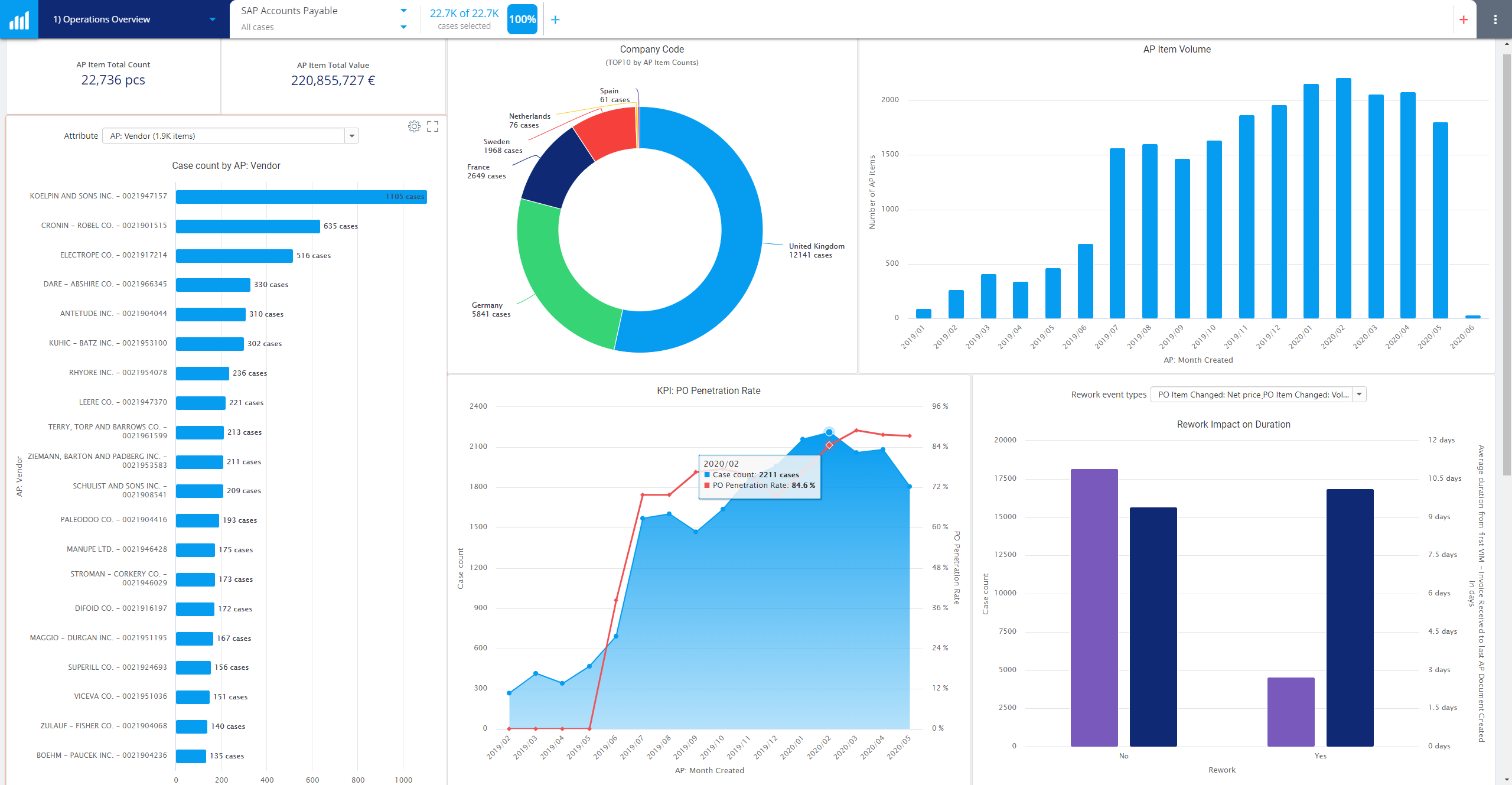
Webinar Recording
Summary: Process Mining Benefits for the Accounts Payable Process
- Reduce manual labor of matching documents in the Accounts Payable department
- Save costs by processing invoices before the most substantial cash discount due dates are missed
- Maximize your compliance by reducing Maverick purchasing & increasing Purchase Order penetration level
- Cut your lead times by uncovering bottlenecks on each stage - Approvals/Processing of documents/Goods Receipts etc.
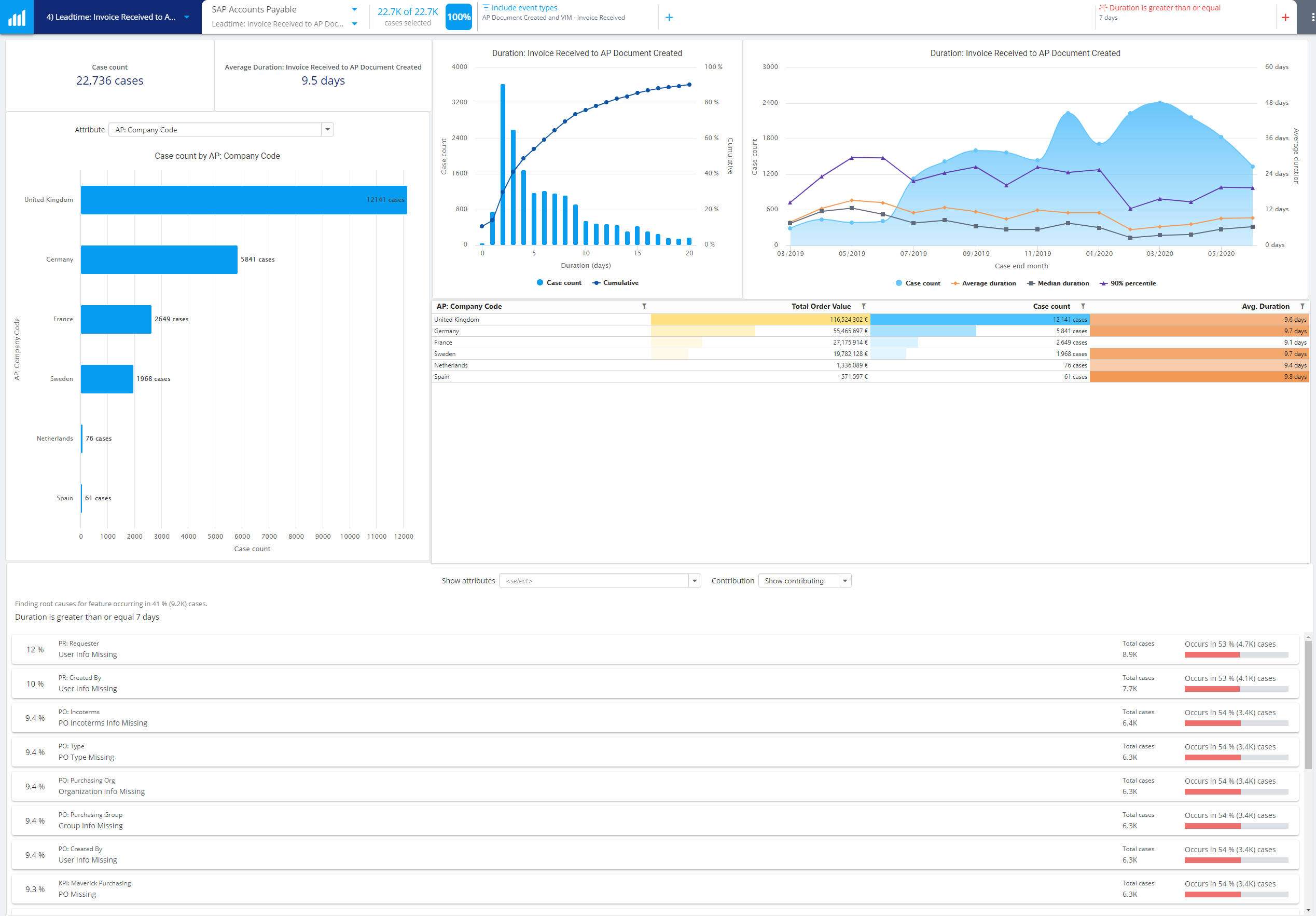
It’s a good time to take a look at Process Mining if your company hasn’t already. The capabilities and usability of Process Mining software are improving rapidly, and the market is quickly becoming mature, although there’s still much work to be done. If you think your company is ready to step it up with the future of as-is process modeling and process efficiency maximization, the fastest way to get things moving is to:
You may also like
These related stories
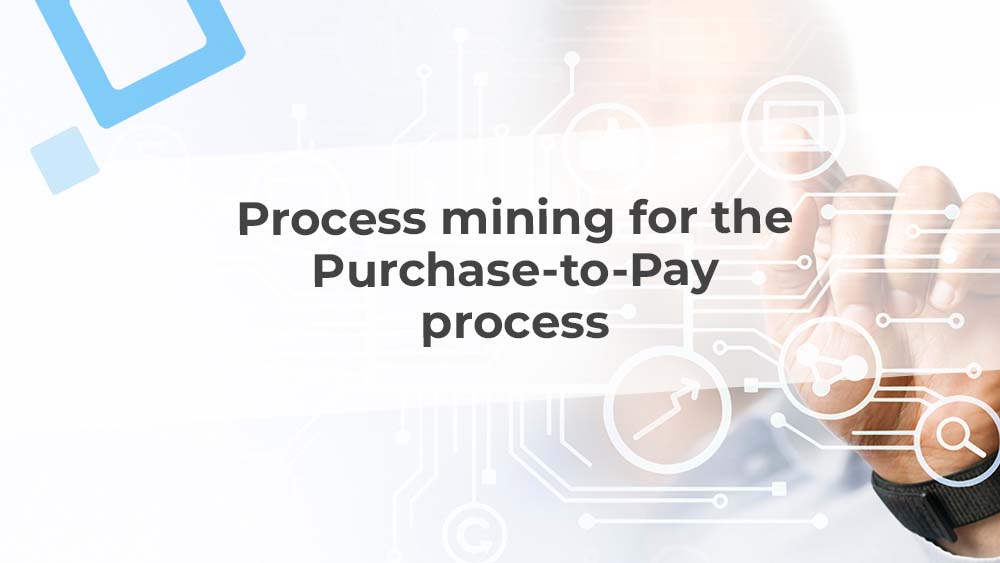
Optimizing the purchase-to-pay process with process mining
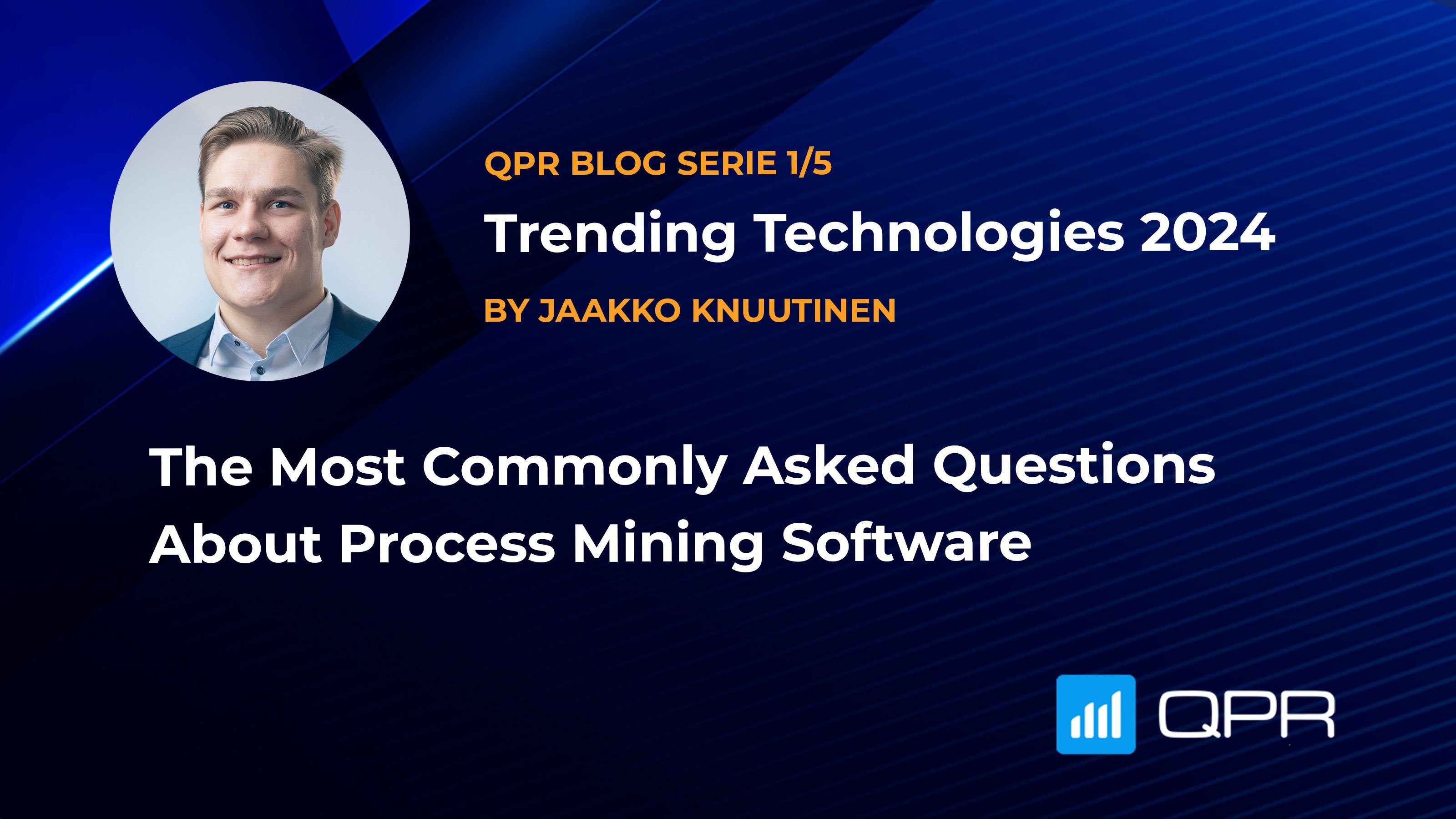
The most commonly asked questions about process mining software
